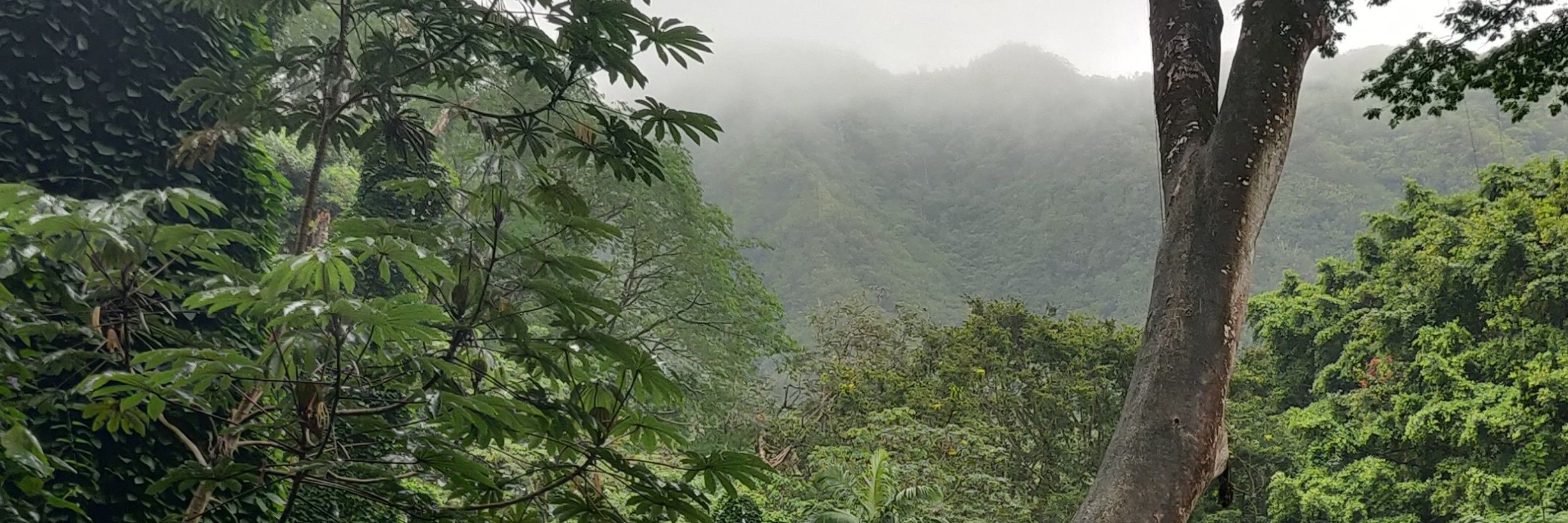
www.findaphd.com/phds/project...
John Innes Centre/Meiosis/crop development

www.findaphd.com/phds/project...
John Innes Centre/Meiosis/crop development
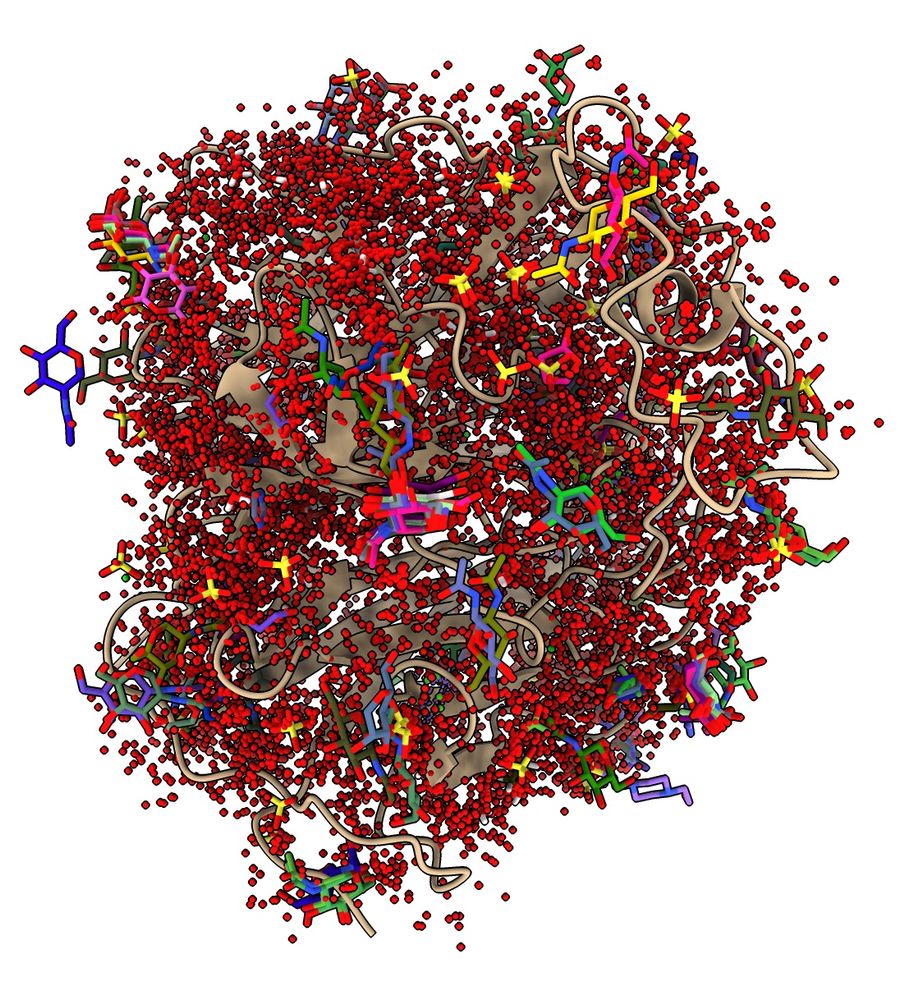
www.cell.com/molecular-ce...

www.cell.com/molecular-ce...
Our study shows centromere transitions are a step-by-step process driven by a combination of drift and selection. Discover how the kinetochore interface shapes this gradual change in our new preprint 🥳 doi.org/10.1101/2025.01.16.633479 🧵(1/8)
Our study shows centromere transitions are a step-by-step process driven by a combination of drift and selection. Discover how the kinetochore interface shapes this gradual change in our new preprint 🥳 doi.org/10.1101/2025.01.16.633479 🧵(1/8)
@science.org we describe a way to build synthetic phosphorylation circuits with customizable sense-and-response functions in human cells. Check it out at science.org/doi/10.1126/....
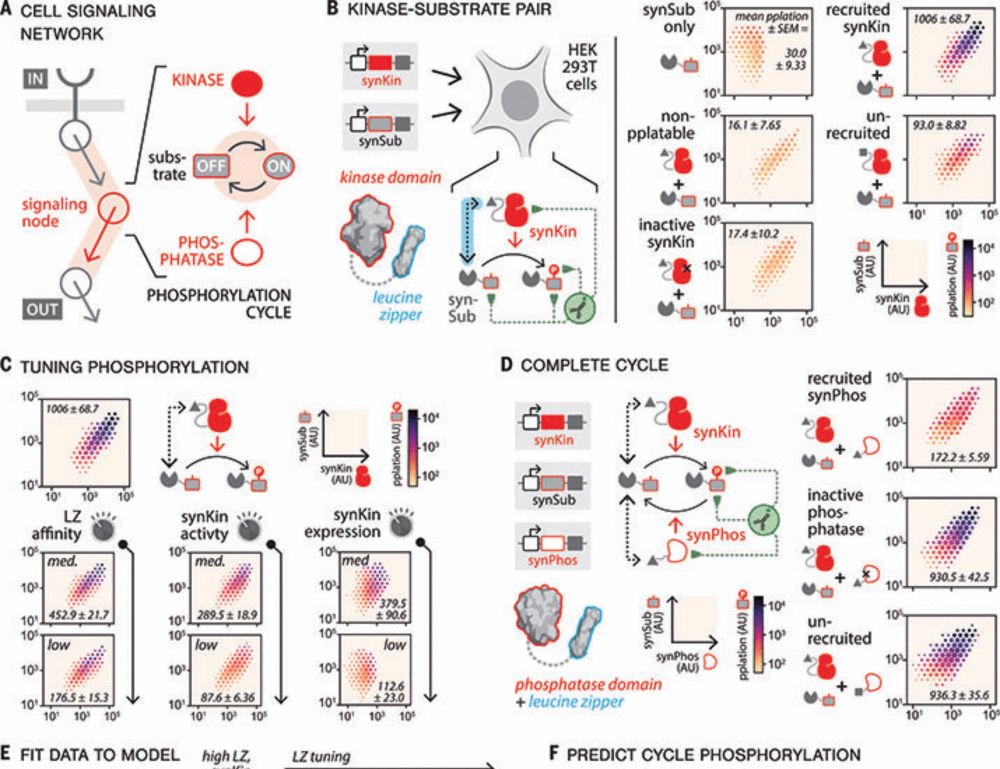
"Cellular Function of a Biomolecular Condensate Is Determined by Its Ultrastructure" 🌟
www.biorxiv.org/content/10.1...
How do biomolecular condensates achieve their cellular roles? It comes down to their internal structure. 🧵⬇️

"Cellular Function of a Biomolecular Condensate Is Determined by Its Ultrastructure" 🌟
www.biorxiv.org/content/10.1...
How do biomolecular condensates achieve their cellular roles? It comes down to their internal structure. 🧵⬇️
www.biorxiv.org/content/10.1...
▶️phase separation is decided by trade-off between inter- and intramolecular nucleosome stacking, favoured by 10N+5 and 10N bp linkers, respectively




www.biorxiv.org/content/10.1...
▶️phase separation is decided by trade-off between inter- and intramolecular nucleosome stacking, favoured by 10N+5 and 10N bp linkers, respectively


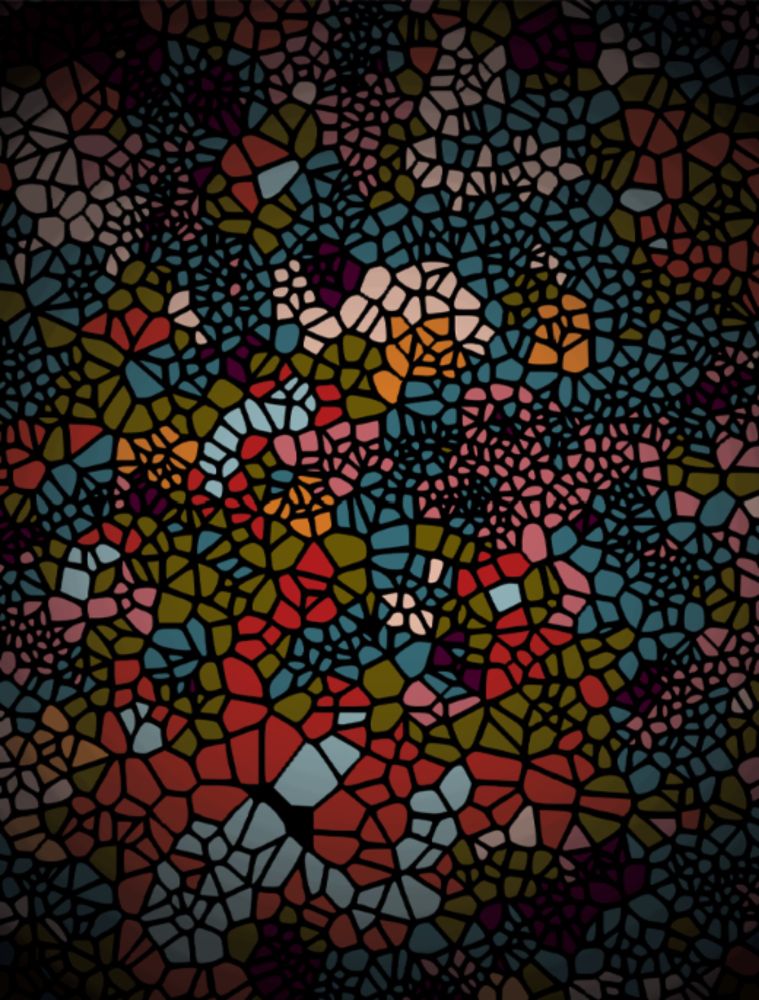
The Brangwynne lab uncovers how chromatin heterogeneity influences condensate formation during #CellMigration, revealing intriguing insights into nuclear mechanics.
🔗 go.nature.com/3ZpwGH7
OG Paper: go.nature.com/3Baxpnn

The Brangwynne lab uncovers how chromatin heterogeneity influences condensate formation during #CellMigration, revealing intriguing insights into nuclear mechanics.
🔗 go.nature.com/3ZpwGH7
OG Paper: go.nature.com/3Baxpnn
Ikki Yasuda, Sören von Bülow & Giulio Tesei have parameterized a simple model for disordered RNA. Despite it's simplicity (no sequence, no base pairing) we find that it captures several phenomena that depend on the charge, stickiness and polymer properties of RNA 🧬🧶🧪

Ikki Yasuda, Sören von Bülow & Giulio Tesei have parameterized a simple model for disordered RNA. Despite it's simplicity (no sequence, no base pairing) we find that it captures several phenomena that depend on the charge, stickiness and polymer properties of RNA 🧬🧶🧪
A timely release of this story... as it is a great setup to the next one, coming soon!!

A timely release of this story... as it is a great setup to the next one, coming soon!!
Ever wonder how #TADs compare across the tree of life?Look no further & read our Review!!!
Find out what genes & 3D chromatin can & can't do in Bacteria! Archeae! Yeast! Plants! Animals!
SMCs & RNA-Pol are the only thing they have in common
www.nature.com/articles/s41...
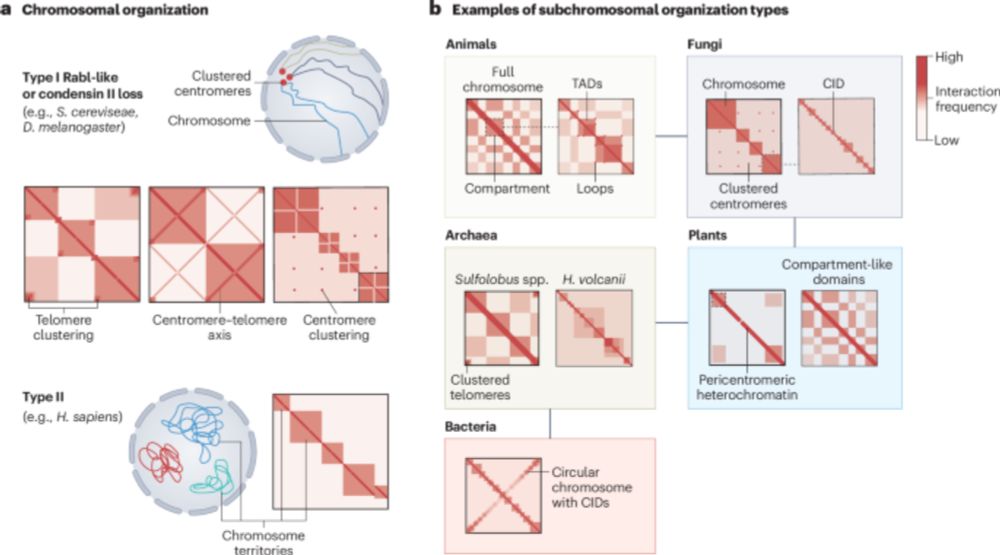
Ever wonder how #TADs compare across the tree of life?Look no further & read our Review!!!
Find out what genes & 3D chromatin can & can't do in Bacteria! Archeae! Yeast! Plants! Animals!
SMCs & RNA-Pol are the only thing they have in common
www.nature.com/articles/s41...

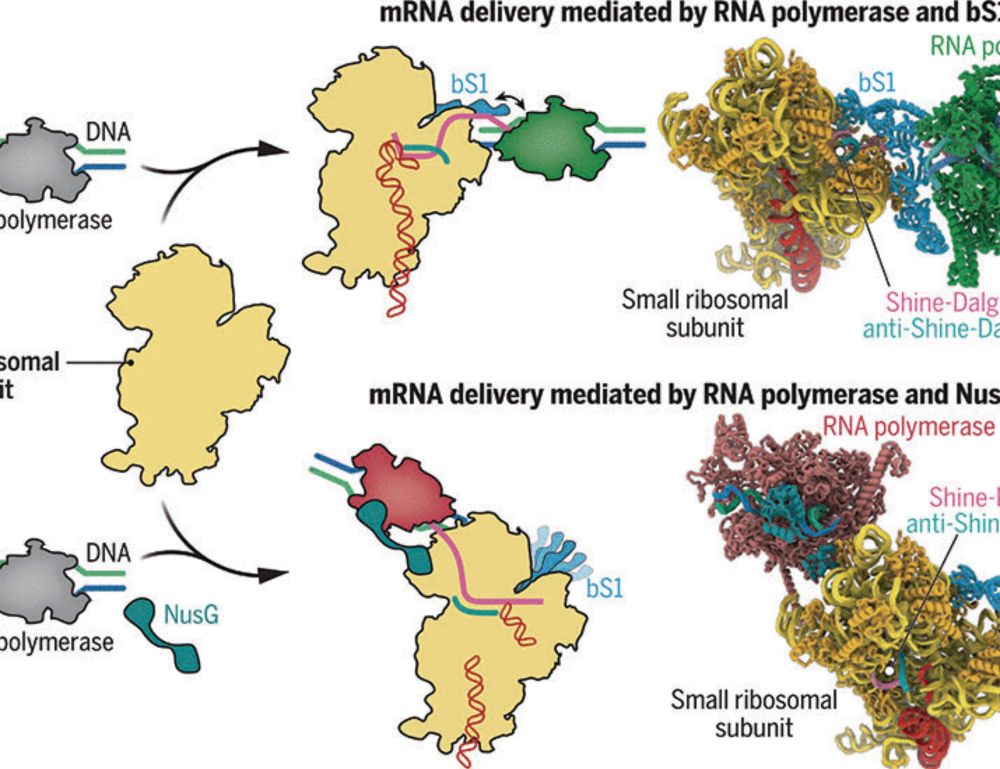
“The Dynamic Lives of Intrinsically Disordered Proteins”
with quotes from Gabi Heller, @alexholehouse.bsky.social and myself about our shared love of and fascination with these proteins
www.the-scientist.com/the-dynamic-...
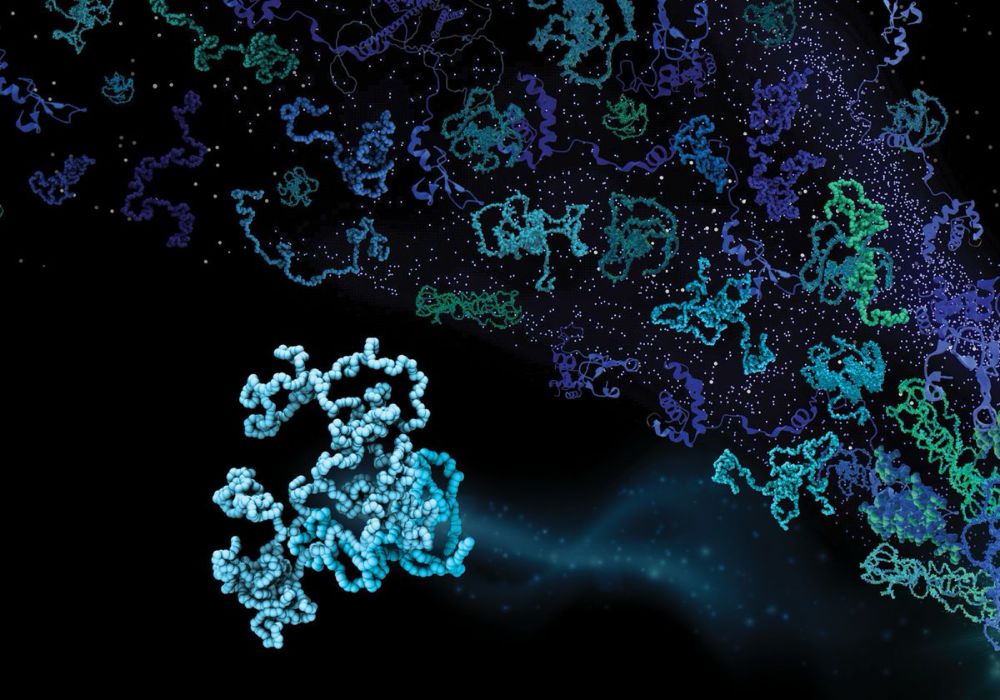
“The Dynamic Lives of Intrinsically Disordered Proteins”
with quotes from Gabi Heller, @alexholehouse.bsky.social and myself about our shared love of and fascination with these proteins
www.the-scientist.com/the-dynamic-...
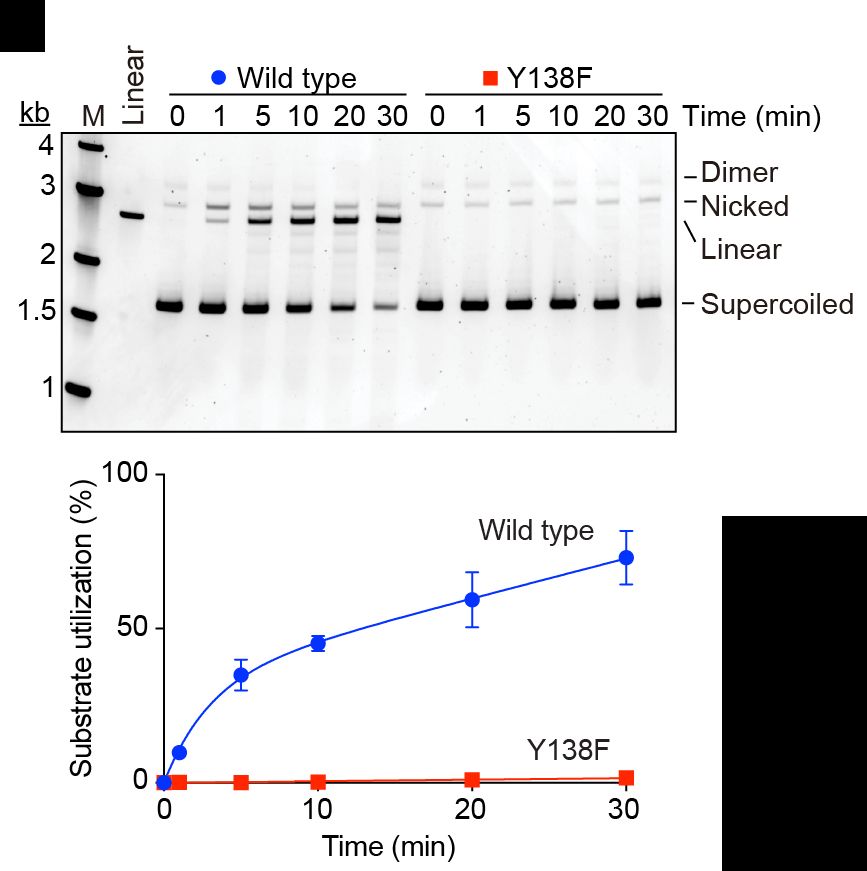
This is T. kivui, an anaerobic bacterium. It uses hydrogen energy to store #CO2. How does it do it? #CryoET revealed membrane-anchored bundles of...
This is T. kivui, an anaerobic bacterium. It uses hydrogen energy to store #CO2. How does it do it? #CryoET revealed membrane-anchored bundles of...

